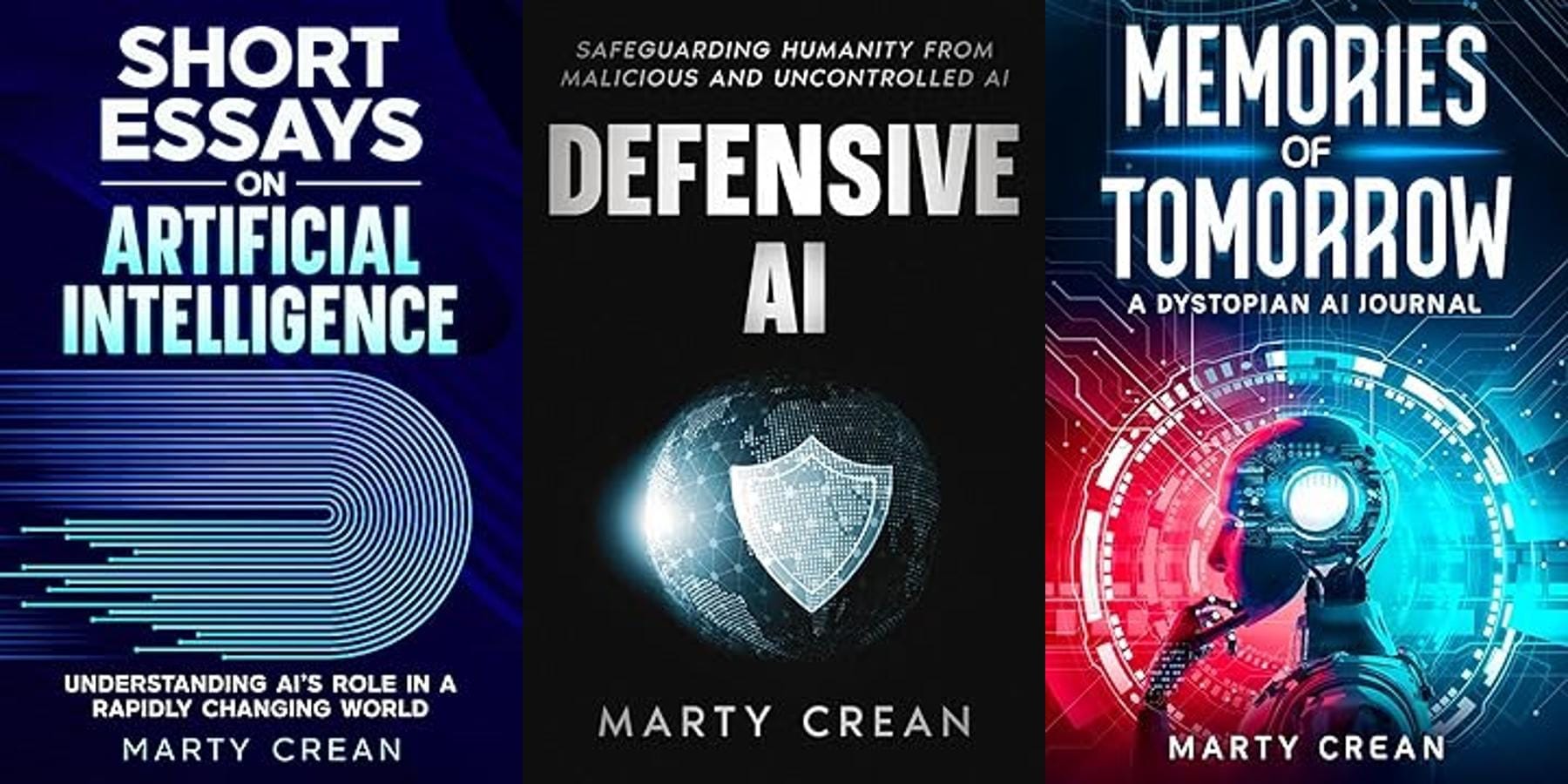Bytes to Insights: Weekly News Digest for the Week of October 5, 2025

The week of October 5th, 2025, saw many developments across the AI landscape, reinforcing how quickly the field is evolving and reshaping industries, policymaking, and creative norms. It began with momentum in AI adoption as both private and public actors moved to harness new models, custom hardware, and regulatory frameworks in response to surging demand.
One of the more dramatic moves came from OpenAI, which expanded its ambitions beyond software by securing a partnership with Broadcom to produce its first in-house AI processors. This signals a growing trend of AI developers vertically integrating hardware and software to reduce dependence on external chip suppliers. At the same time, OpenAI pushed deeper into the app ecosystem by unveiling a built-in “app store” within ChatGPT, allowing users to access third-party services through natural language interfaces. It also rolled out an SDK and commerce tools for developers to build and monetize their own AI apps within the platform.
Generative AI also continued its race toward richer media formats. OpenAI’s short-video generation app, Sora, crossed the 1 million download mark in just a few days, showcasing how swiftly AI tools are entering consumer creative spaces. Google responded with its own enterprise play; rebranding and upgrading “Agentspace” into Gemini Enterprise, a platform aimed at automating business workflows using its Gemini models. These moves illustrate that the frontier is shifting from text and images toward video, audio, and end-to-end agents.
Beyond commercial advances, governments have also stepped up. The European Commission announced a €1 billion “Apply AI” initiative to accelerate AI across key sectors such as healthcare, energy, manufacturing, and defense. The goal is twofold: to drive innovation within Europe and to buttress technological sovereignty by reducing dependence on U.S. and Chinese AI solutions. The move underscores the growing perception of AI infrastructure as a strategic asset rather than merely a competitive tool.
The week also spotlighted growing concern over misuse and governance. OpenAI published a report on its work disrupting malicious uses of its systems, emphasizing how threat actors often repurpose old tactics with new AI tools. Meanwhile, India saw a contest sponsored by Google and boAt encouraging creators to build AI-driven advertisements, raising new questions about creative ownership and regulation. In more personal realms, public figures like Meghan Markle and Prince Harry announced partnerships to advocate for protecting children from online harm, including harm aggravated by AI systems and chatbots.
In scientific and research domains, AI’s promise to rescue otherwise lost value was on display. The journal publisher Frontiers introduced an AI-driven platform called FAIR² (FAIR squared), aiming to streamline the curation, verification, and reuse of datasets that have often remained unused or siloed in labs. The new system is designed to make datasets not only discoverable but also citable, thereby helping transform latent research into new discoveries.
On the financial front, optimism about AI’s economic impact showed in markets. Shares of AMD surged after it secured a chip supply deal with OpenAI, helping to lift broader semiconductor indices even amid concerns about government shutdowns. Investors appeared increasingly willing to bet on AI infrastructure and the firms behind its backbone.
Academic collaborations flourished during this week, with interdisciplinary teams releasing innovative research on multi-modal AI. Improvements in models that combine visual, auditory, and textual information were particularly noteworthy, as these capabilities are essential for real-world applications such as healthcare diagnostics and autonomous robotics. This week also saw increased investment in start-ups pushing the boundaries of AI hardware and energy efficiency, aiming to lower costs and environmental impact.
The centerpiece of OpenAI's technical announcements was Codex, a model trained explicitly for coding tasks that the company claims achieves state-of-the-art performance on software engineering benchmarks. Unlike simpler autocomplete tools, Codex can understand complex codebases, debug existing code, refactor implementations, and conduct code reviews. Major companies, including Cisco and Instacart, have already integrated Codex into their engineering workflows. Cisco reports that code reviews are now fifty percent faster, with projects that took weeks now completed in days. The model can dynamically adjust its thinking time based on problem complexity, allocating more computational resources to harder challenges.
Thus, in just one week, we saw a coordinated push in AI hardware, software, regulation, and public discourse. What once was a race among models is increasingly becoming a multi-front competition over platforms, agents, compute, and governance. The message is clear: AI’s acceleration is not just about what it can do, but how society shapes where, when, and under what rules it should ac
Support BearNetAI
BearNetAI exists to make AI understandable and accessible. Aside from occasional book sales, I receive no other income from this work. I’ve chosen to keep BearNetAI ad-free so we can stay independent and focused on providing thoughtful, unbiased content.
Your support helps cover website costs, content creation, and outreach. If you can’t donate right now, that’s okay. Sharing this post with your network is just as helpful.
Thank you for being part of the BearNetAI community.
Books by the Author:

This week’s Bytes to Insights Weekly News Digest is also available as a podcast:
LinkedIn BlueskySignal - bearnetai.28
BearNetAI, LLC | © 2024, 2025 All Rights Reserved